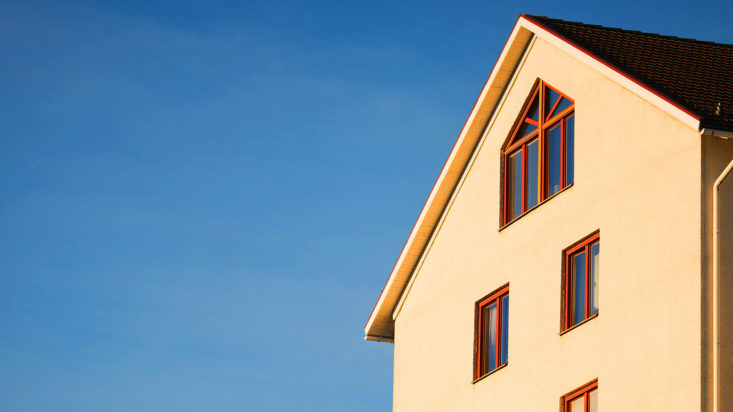House price weakness may limit rate rises
The central bank expects house price growth to ease this year and house prices are already falling in Sydney and Melbourne; economists expect that price weakness will spread to other cities, which may limit the number of official interest rate rises this year that are needed to tame inflation.
According to the Reserve Bank of Australia, house price growth is easing now that the Covid-19 pandemic is ending and government subsidies have been pulled back. Luci Ellis, Assistant Governor (Economic), said in a recent speech that the short-term lift to demand that came from HomeBuilder and other temporary support measures are working their way out of the housing markets and house prices are adapting to lower demand.
“As interest rates increase, the boost to demand from the current low interest rates will also wane,” she said. “As these more transitory factors wash out … prices will also shift.”
Housing prices increased over the two years to April 2022 across almost all neighbourhoods in Australia’s big cities; however, in general, price increases were stronger in the outer suburbs than in inner-urban regions as working from home became the norm. The premium for being close to the centre remains, but it is much smaller now than in previous years.
“The widespread shift to working from home reduced the premium on place. If you don’t need to commute to employment centres as often, living further out becomes more tenable. It then becomes more feasible to get more space for a similar price, by trading off place,” she said.

High debt levels may limit rate rises
The central bank expects higher official interest rates will hit some households hard given high mortgage debt levels and the RBA is watching the level of defaults. “Households have much more debt than previously, and many households have never experienced rising interest rates. So this is another aspect that we will be watching carefully,” said RBA Governor Philip Lowe in a speech after increasing the cash rate by 25 basis points to 0.35 per cent, the first of several interest rate rises expected this year.
According to Dr Shane Oliver, chief economist at AMP Investments However, falling house prices may limit the number of rate rises which are needed to rein in inflation. “While the RBA is set to continue raising interest rates, the negative wealth effect from falling home prices will limit how much it ends up raising rates by as it does not want to crash house prices and the economy,” he said.
“We continue to expect a 10 to 15 per cent fall in home prices,” Oliver said. “The main drivers behind the [housing] downturn are poor affordability with prices up nearly 29 per cent over 21 months, rising mortgage rates, a rotation in spending away from housing and a decline in home buyer confidence,” Oliver said.
Big cities lead slowdown
The slowing in house price growth has been led by Sydney and Melbourne, reflecting their more expensive housing. However, “other cities and regional areas are now also seeing a loss of momentum”, according to Oliver.
“After a massive 28.6 per cent gain from their pandemic low – which was the biggest gain over 21 months since 2003 – national average home prices fell for the first time in May since September 2020 based on CoreLogic data. While national average dwelling prices fell 0.1 per cent, they were led by falls of 1 per cent in Sydney and 0.7 per cent in Melbourne,” Oliver said.
In terms of the rental market, as vacancy rates have dropped, capital cities rents have risen. SQM Research expect capital city rents to rise by over 10 per cent in 2022, which would be the largest increase since the 1970s with significant ramifications for inflation. Housing is the highest weighted group in the CPI, accounting for around 23 per cent of the basket.











